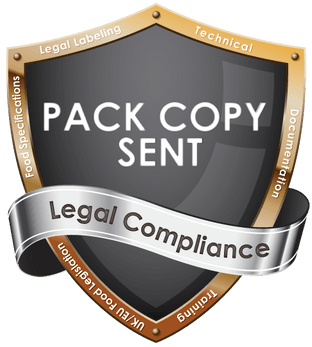2. What claims can I make?
There are specific resources you need to refer to for determining what information to add to your labelling.
1. EC 1924/ 2006 Nutrition and Health Claims made on Foods
2. EU Register of Nutrition and Health Claims made on Foods.
1. Nutrition Claims
Nutrition claims can only be applied to your product if they one of the 30 that are listed in the Annex of EC 1924/ 2006 Nutrition and Health Claims made on Foods .
The Nutrition Claims focus on the nutrient profile of your product. An example of one of the claims is "SOURCE OF FIBRE".
2. Nutrition and Health Claims
Nutrition and Health Claims can only be applied to your product if they are 'authorised' or 'on hold' on the EU register of nutrition and health claims made on foods.
Article 13(1) on hold claims can be used if you hold evidence to scientifically substantiate the claim. You can continue to use the claim until a decision is made regarding the claims status. If a decision is made where the claim will have 'Non- authorised status- you will have until the end of the transition period to remove the claim.
Nutrition and Health Claims focus on the nutrient profile as well as the health benefits that it provides to the consumer. A statement referring to the health benefits can be applied eg "Biotin contributes to normal energy-yielding metabolism", but you must check your product meets the nutrient criteria as well as applying the claim using guidance from the EU Register regarding how to phrase your claims. There are also additional mandatory statements which need to be applied when Nutrition and Health Claims are made.
